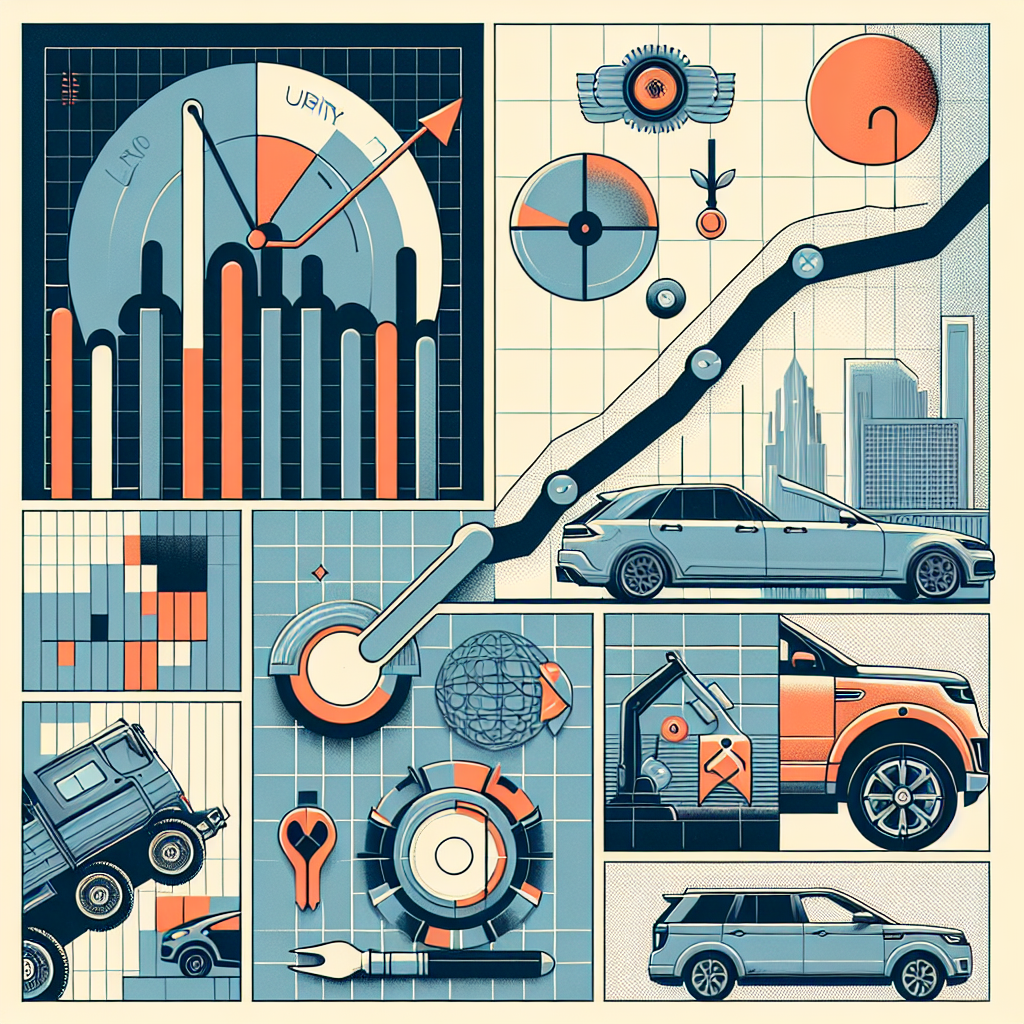Q1 Sales Overview: The Good and the Bad
So, what’s the scoop on India’s auto sales for the first quarter of FY26? Well, it’s a mixed bag, my friends. According to the latest data from the Society of Indian Automobile Manufacturers (SIAM), we’re looking at an overall decline of 5.1%. Ouch! That’s got to sting. Two-wheeler and passenger cars took a hit, but hey, not everything’s doom and gloom. There’s some silver lining with growth in utility vehicles, PV exports, and three-wheelers. Phew!
I remember chatting with a friend at a car meet last month, and he mentioned how everyone was gearing up for a big launch later this year. But is that going to be enough to lift sales? Only time will tell!
Passenger Vehicle Trends: Mixed Signals
Passenger vehicle sales reached approximately 10.11 lakh units during April to June 2025, but that marks a slight dip of 1.4% year-on-year. Not terrible, but not great either. Almost like that awkward moment when you run into someone you know, and there’s that initial excitement but then… well, it’s just okay.
What’s interesting? Passenger car sales dipped by a whopping 11.2%. Meanwhile, utility vehicles surprised everyone by rising 3.8%, taking up a hefty 66% of the PV segment. They’re definitely proving to be the rockstars of this quarter.
Two-Wheeler Woes: The Downward Slide
Now, let’s talk about the two-wheeler scene. It registered a more painful 6.2% drop to 46.74 lakh units. Yikes! What’s pulling it down? Motorcycles and mopeds are the main culprits here. Motorcycles saw a decline of 9.2%, and mopeds tanked by 10.9%. Wow, that’s rough! But scooters? They almost look like the underdog of this story, with only a 0.2% dip.
I remember my first scooter ride. It was in college, and it felt like freedom on wheels! Nowadays, with all the electric scooter hype, I can’t help but wonder where the energy is really going in this segment.
Three-Wheelers: Against the Odds
Shifting gears to three-wheelers, we see a different narrative. Sales hit a record 1.65 lakh units in Q1 FY26, edging up with a tiny 0.1% growth. Not groundbreaking, but hey, any positive growth is a reason to celebrate, right? Passenger carriers are really making the grade here, pulling the numbers up while goods carriers and e-rickshaws hit some bumps along the road.
Honestly, every time I see an auto rickshaw weave through the city traffic, I’m amazed at the skill involved. You really have to be a pro to maneuver through those tight spots!
Commercial Vehicles: Resilience Amid Dips
Now, let’s not forget our friends in the commercial vehicle sector. They experienced a slight decline of 0.6%, totaling 2.23 lakh units. But in some good news, medium and heavy passenger carriers saw a solid 6.6% growth, and light commercial vehicle (LCV) passenger carriers jumped by 8.8%. Looks like public transport isn’t going down without a fight.
I once rode a bus that was packed to the brim, and it struck me how essential these vehicles are for daily commuters. They’re the backbone of urban transport systems, and it’s pretty inspiring to see the segment resurge.
Exports: The Success Story
Switching gears again, let’s talk about exports. Here’s where it gets interesting. Passenger vehicle exports hit a record high—2.04 lakh units in Q1, marking a 13.2% jump year-on-year! How’s that for a silver lining? The demand is shooting up in regions like Latin America, the Middle East, Japan, and even in countries like Sri Lanka and Nepal. Talk about going global!
I remember my excitement when our local car manufacturer launched models specifically for export. The shipping logistics alone must be a complex dance of timing and regulations, but it’s worth it when you see those cars cruising on international streets.
What’s Next? Potential Challenges Ahead
Looking ahead, SIAM hints at a cautious but optimistic outlook for the second quarter. Future drivers? The festive season, a normal monsoon, and those lower repo rates. But hold your horses—there are hurdles too. Supply restrictions for rare-earth magnets from China could mess with production schedules. Just when things seemed to stabilize!
Transportation isn’t that different from life—sometimes you get a clear path, other times it’s full of unexpected twists. I hope the industry navigates these challenges smoothly, or things could get a teeny bit hectic.
Mid-Article FAQ
1. Why did passenger car sales decline so sharply?
Passenger car sales dropped due to various factors, including economic pressures, changing consumer preferences, and increased competition from utility vehicles.
2. What seems to be driving the growth in the utility vehicle segment?
Utility vehicles have become popular for their versatility and space, which appeals to families and adventurers alike. They’re great for both daily commutes and weekend getaways!
3. How are exports performing compared to domestic sales?
Exports have seen significant growth, with a 13.2% increase in passenger vehicle exports. This contrasts with domestic sales, which had a more mixed performance.
4. What challenges could impact future sales?
Challenges include supply chain issues with rare-earth magnets, rising costs due to inflation, and the overall economic climate, which could dampen consumer spending.
5. What trends should we look for in the upcoming quarters?
Anticipating trends can be tricky, but watch for continued growth in utility vehicles, potential rebounds in passenger car sales, and how the upcoming festive season affects consumer behavior.
Final Thoughts: A Look Ahead
In wrap-up, the auto industry is a complex beast with so many moving parts. Sure, the overall decline stings, but there are pockets of growth that hint at bigger things to come. Optimism is in the air, and let’s hope it leads to better numbers in the next quarter!
So, whether you’re cruising along in a utility vehicle or waiting for the next big two-wheeled trend, hang tight. The auto sector always has its ups and downs, right? Hopefully, it’s more of an upward trajectory soon.



